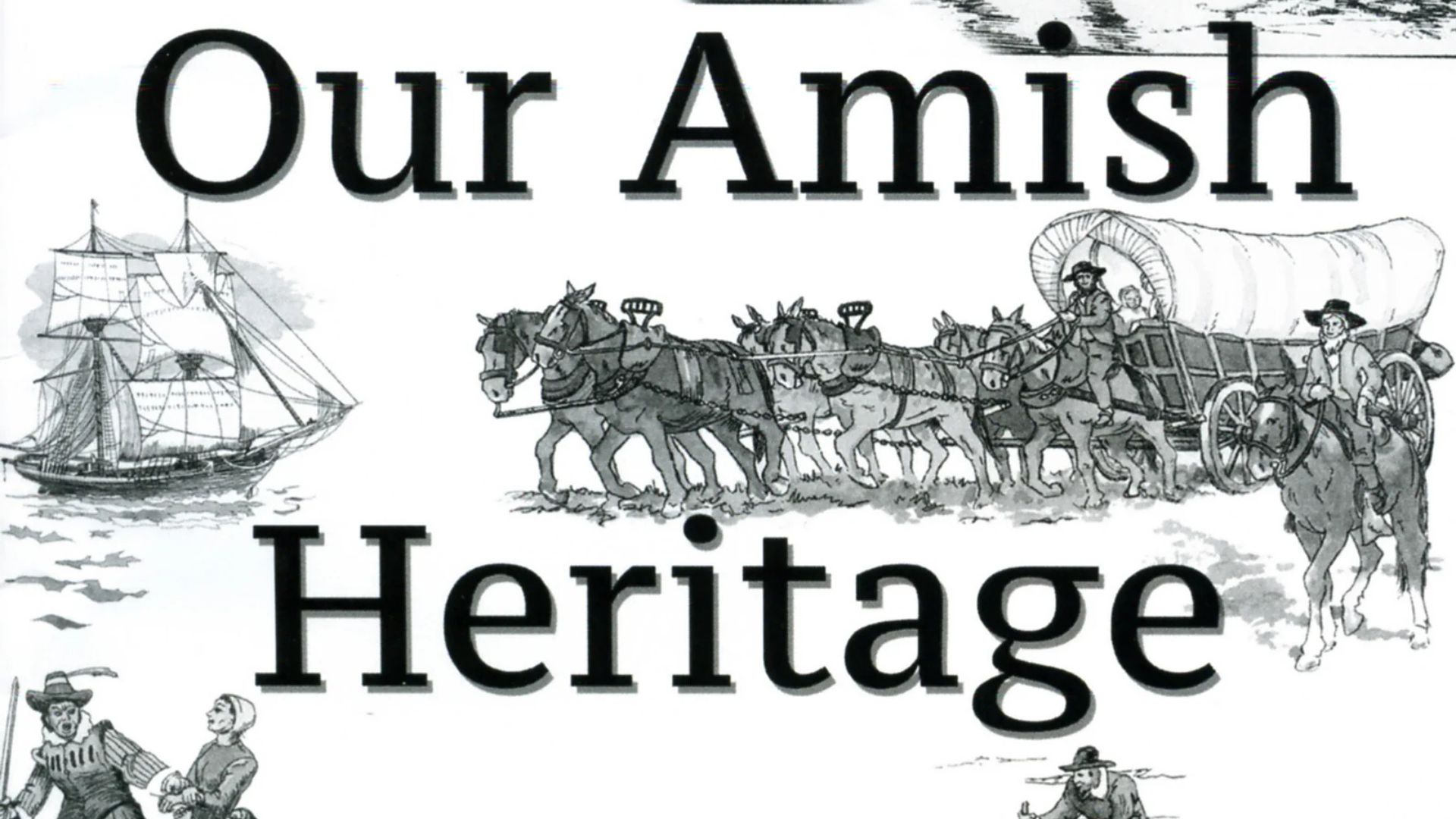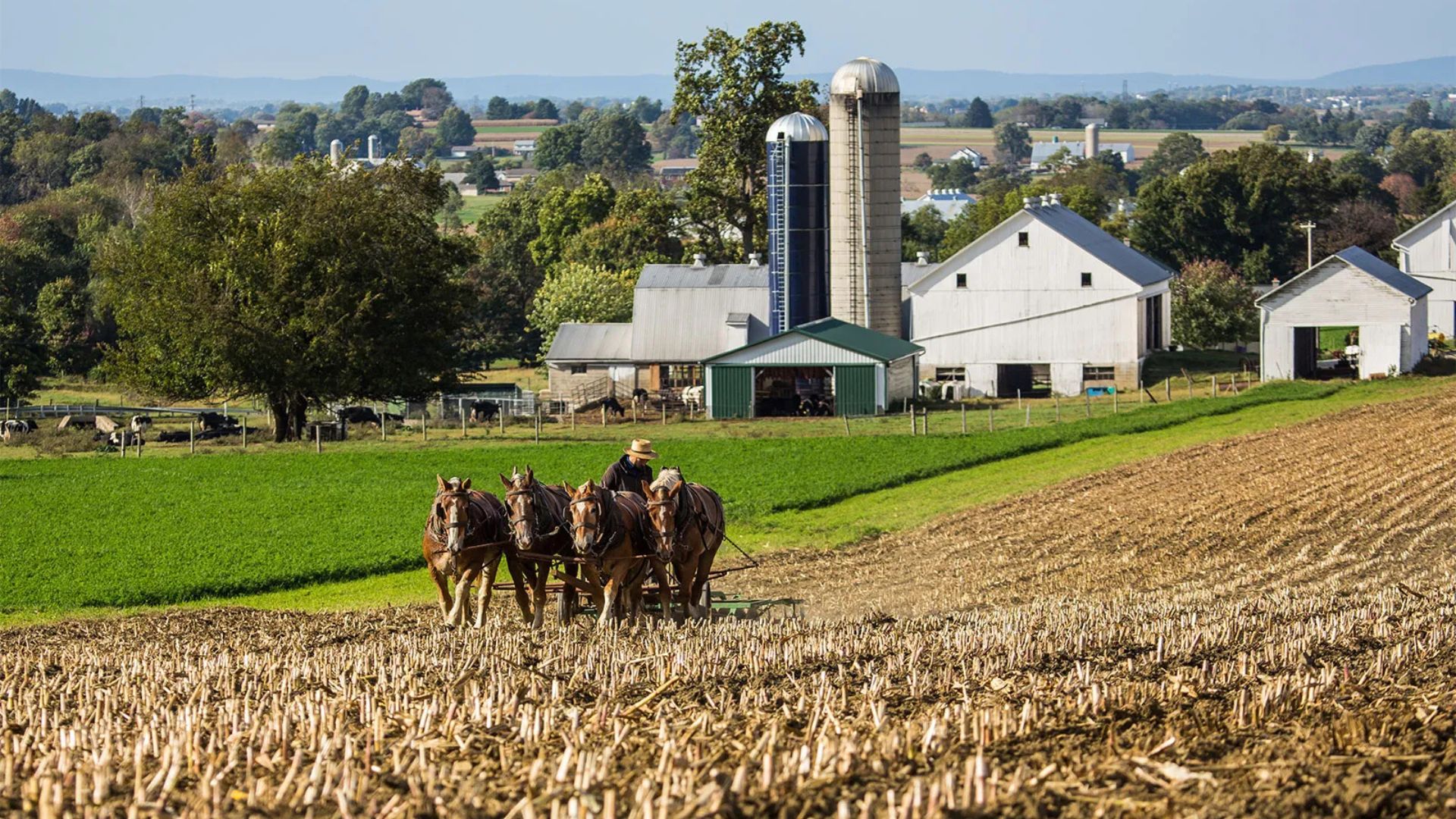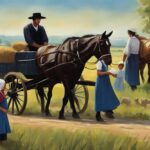Best Amish History Resources
The Amish are often seen as people frozen in time, living quietly apart from the modern world. But behind the simplicity lies a rich, complex history of migration, persecution, survival, and deep spiritual conviction. To truly understand the Amish way of life, it’s essential to explore their historical roots. Fortunately, there are a variety of quality materials available that bring this history to life. From books to museums to films, these are the best Amish history resources for anyone seeking a deeper understanding of this enduring culture.
Books That Bring Amish History to Life
Reading remains one of the most effective ways to explore Amish history in depth. These well-researched and widely respected books offer a detailed look into Amish origins, development, and way of life.
Top Book Recommendations:
- “The Amish” by Donald B. Kraybill, Karen M. Johnson-Weiner, and Steven M. Nolt
A comprehensive and balanced account of Amish history, theology, and daily life. It covers everything from their European origins to modern challenges. - “The Riddle of Amish Culture” by Donald B. Kraybill
This book explains how Amish communities adapt to change while holding onto tradition. It’s a great blend of sociology and historical context. - “Amish Roots” edited by John A. Hostetler
A compilation of firsthand accounts, letters, and historical texts from Amish individuals. This resource brings authenticity and insight from within the community. - “Plain Faith: A True Story of Tragedy, Loss, and Leaving the Amish” by Ora Jay and Irene Eash
Though more personal in tone, this book offers historical context through a modern Amish family’s journey.
These books are ideal for students, researchers, or anyone who wants to gain well-rounded knowledge about Amish history.
Museums and Heritage Centers
Nothing replaces the immersive experience of seeing Amish history come to life through exhibits, artifacts, and guided interpretations. Visiting a museum or heritage center is a great way to explore how the Amish story unfolded.
Top Places to Visit:
- Amish and Mennonite Heritage Center (Berlin, Ohio)
Home to the famous Behalt mural—a 265-foot circular painting that visually traces 500 years of Anabaptist history, including the Amish split from the Mennonites. - Hans Herr House and Museum (Willow Street, Pennsylvania)
The oldest Mennonite meetinghouse in the U.S., offering historical context and guided tours of early settler life and faith. - Mennonite Heritage Village (Steinbach, Manitoba, Canada)
Although focused on Mennonites, this museum includes Amish history and explores shared Anabaptist roots. - Lancaster Mennonite Historical Society (Pennsylvania)
A research center with archives, books, and historical exhibits related to both Mennonite and Amish communities.
These museums help visitors see the Amish not just as farmers or craftsmen, but as part of a powerful religious movement that spans centuries.

Documentaries and Films
Visual media can bring the Amish story to a wider audience, offering a glimpse into communities that often prefer to remain private. While not all films get it right, a few documentaries stand out for their accuracy and respectful portrayal.
Recommended Documentaries:
- “The Amish” (PBS American Experience)
This documentary presents a rare inside look into Amish life, beliefs, and historical development. It includes interviews with Amish people and scholars. - “Devout and Dangerous” (BBC)
Explores the tensions between modern life and Amish values, while also reflecting on their history and resilience. - “Trouble in Amish Paradise” (BBC)
Follows former Amish members and their struggles with leaving the community—provides modern historical context.
These films offer insights into both traditional Amish life and the ongoing evolution of their culture.
Online Archives and Research Tools
For more in-depth study or academic research, there are several online archives and databases that provide access to historical documents, genealogical records, and scholarly articles.
Top Online Resources:
- The Young Center for Anabaptist and Pietist Studies
Based at Elizabethtown College, this academic center focuses on Amish and related groups, offering research, publications, and data. - Global Anabaptist Mennonite Encyclopedia Online (GAMEO)
A free resource offering articles on key figures, events, and practices in Anabaptist history, including the Amish. - Lancaster Mennonite Historical Society Digital Archives
Hosts letters, records, and manuscripts that explore Amish and Mennonite life in North America.
These online tools are ideal for those who want to explore Amish history from a more scholarly or genealogical perspective.
Oral Histories and Personal Accounts
Sometimes, the best history comes from listening to the people who live it. While the Amish do not typically write memoirs or give interviews, some former members and descendants have shared their stories.
Where to Find Personal Stories:
- Historical societies that host recorded interviews or transcriptions.
- Community lectures or events in Amish regions where local historians present oral traditions.
- Books and interviews from ex-Amish individuals who describe their heritage and upbringing.
These stories help to humanize Amish history and show how it is passed down through generations.
Final Thoughts
Understanding Amish culture begins with understanding their past. The best Amish history resources offer a clear window into the events, beliefs, and decisions that shaped their world. Whether you prefer reading books, visiting museums, watching documentaries, or researching online, these tools allow you to dive deeper into one of the most unique religious communities in the world.
By learning about their migration, faith, and resilience, you not only gain insight into the Amish—you also discover powerful stories about endurance, conviction, and the search for a life aligned with spiritual values.



